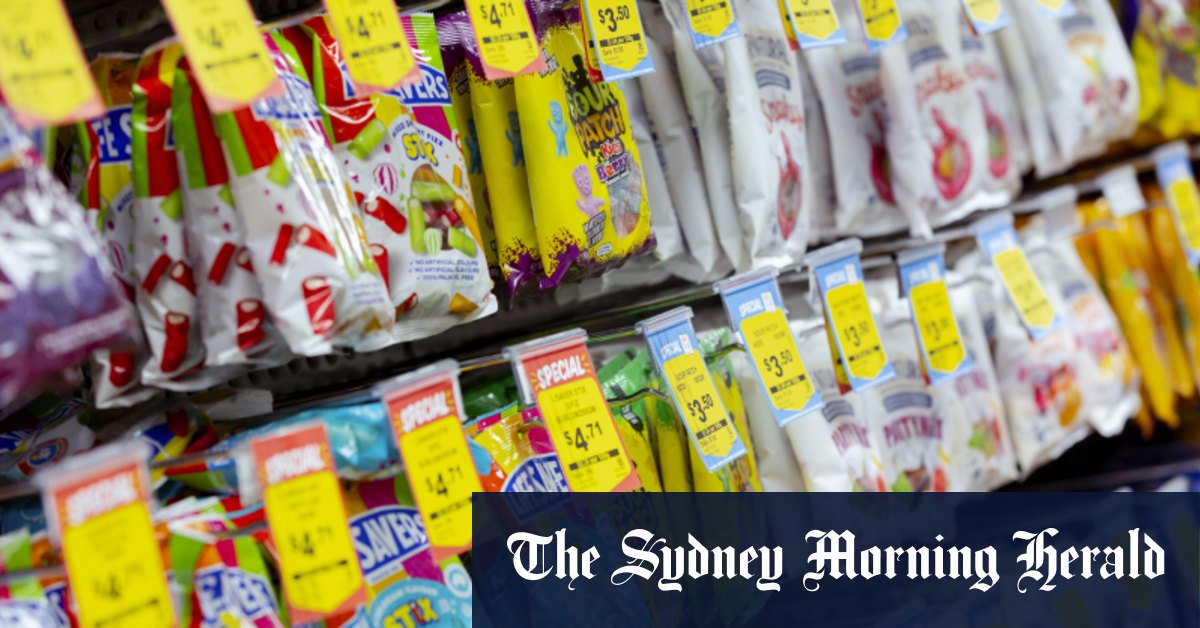Chalmers said the report showed the government’s policies to increase real wages were making a “meaningful difference”.
Loading
“When we came to government, real wages were going backwards by 3.4 per cent and now they are growing again,” he said.
“While the report is clear that there is still work to do after a decade of deliberate wage suppression and stagnation under the Liberals, it shows that our efforts are providing a bit of help when Australians need it most.”
Real wages have inched up recently: in March, wage growth outpaced inflation by half a percentage point, according to the Australian Bureau of Statistics, after just overtaking inflation by 0.1 of a percentage point in December 2023.
But wages sometimes grew at less than half the rate of inflation following the onset of COVID-19, particularly as inflation began to soar through 2022.
The Reserve Bank started lifting interest rates in May 2022 to combat inflation, and the combined pressure of high interest rates and high inflation has put Australian households under intense financial pressure.
The federal government has acknowledged how tough households are doing it, saying the altered stage 3 tax cuts, which came into effect at the start of the month, will leave more money in working Australians’ pay packets.
Asked on Tuesday if he was concerned that people with jobs were struggling to make ends meet, Albanese noted real wages had started to grow.
“Last week, we had a tax cut for every single one of those workers and every taxpayer in Australia. So combine the increase in wages with tax cuts, people are earning more and keeping more of what they earn, which has been a big priority for us,” he said.
Shadow treasurer Angus Taylor recently said families were worse off than before the 2022 federal election and “hurting deeply” because of the government’s economic failings.
“The Albanese Labor government has completely failed to address the source of Australia’s cost-of-living crisis – inflation,” he said at the end of last month. “We are in an entrenched cost-of-living crisis, with no light at the end of the tunnel under Labor.”
Consumer sentiment remains at recessionary levels as persistently high inflation – at 4 per cent in May – stokes fears of an interest rate rise at next month’s RBA board meeting.
The Westpac-Melbourne Institute Consumer Sentiment Index dipped by 1.1 per cent in July as household budgets remained under pressure.
Loading
Westpac’s head of Australian macro-forecasting, Matthew Hassan, said sentiment remained deeply pessimistic despite the stage 3 tax cuts and upcoming energy bill relief.
“The July update shows that fears of persistent inflation and further interest rate rises are again weighing more heavily on the consumer mood, offsetting any boost from the arrival of the stage 3 tax cuts and other fiscal support measures,” he said.
Hassan said the most pronounced declines in sentiment were among middle-income earners, Victorians, and hospitality and construction workers.

